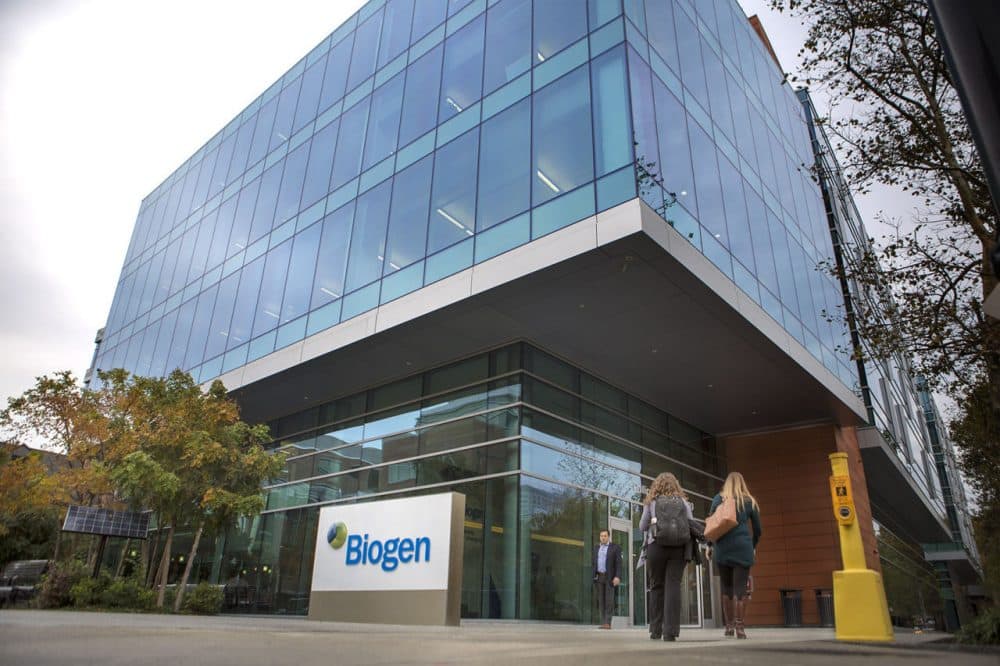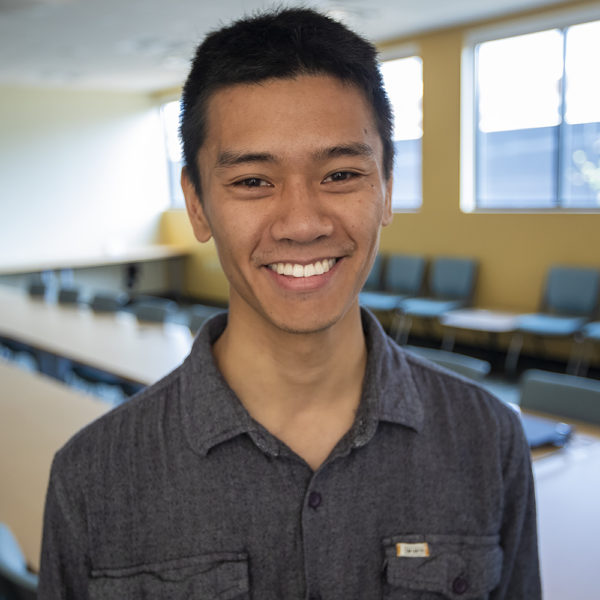Advertisement
Coronavirus Coverage
Genetic Sleuthing Finds Many Sources, Mostly From Europe, For Coronavirus Outbreak In Boston

The last week of January, a UMass Boston student flew into Logan International Airport from Wuhan, China and began to feel ill. Shortly after he landed, he sought medical care and, because of his travel history, was promptly isolated. Health officials quickly identified his few close contacts and began monitoring them too.
He tested positive for COVID-19, becoming the first confirmed case of coronavirus in the state. But, thanks to early action, it seemed the disease went no further. The city had dodged a bullet.
But in less than a month, dozens more shots would be hurtling toward Boston.
According to a genetic analysis of over 300 cases of COVID-19 identified at Massachusetts General Hospital from early March to early April, the novel coronavirus entered the state at least 30 separate times, including the introduction with the UMass Boston student. The researchers published a working draft of their study, which examines how the coronavirus entered and spread through Massachusetts, on Virology.org this week.
As the coronavirus leaps from person to person, it has a chance to mutate, says Bronwyn MacInnis, a viral geneticist at the Broad Institute of MIT and Harvard who is a senior researcher on the study. These mutations can rack up over time and get passed on, creating a genetic signature that MacInnis and her coauthors used to track the origin and spread of COVID-19 in Greater Boston.
“Roughly every transmission or two from host to host, the virus changes its genetics just slightly,” she says. “Most of the mutations are silent. They don’t change anything about the biology of the virus or how infectious it is.”
MacInnis’ data show that by the end of February, the coronavirus had already invaded Greater Boston multiple times from several different sources. Most of the infections came from Western Europe, MacInnis says, although the data suggest that roughly a third came from elsewhere in North America.
“We saw a few introductions domestically, including a lineage from Washington [State] and a significant degree of introductions from the Northeast region that may include New York City,” she says.
That means even though travel restrictions from China and later Europe had been put in place, government interventions were lagging far behind the coronavirus, says William Hanage, an epidemiologist at Harvard University who did not work on the study but helped advise the research team.
Advertisement
“The bans on travel did not stop introductions from the United States because it was already circulating in the community,” he says. “The phone call was coming from inside the building, to take a horror movie metaphor.”
MacInnis’ team also caught two "superspreading events" in their data. One came from a coronavirus lineage that led to roughly a third of the COVID-19 cases in the study. The researchers say pinpointing the origin for this lineage is uncertain, but they suspect it arose in Europe. Then, it was flung across the world.
One place it emerged was at a leadership meeting at the Long Wharf Marriott in Boston harbor, where hundreds of employees from the Cambridge biotech firm Biogen gathered from around the country and Europe. The executives dined together, shook hands and caught up.
The researchers were not authorized to identify the meeting, but WBUR confirmed it was the Biogen conference. Dozens of coronavirus infections have been traced to that conference, which became known as one of the country's first "superspreading events."
Soon, the same genetic fingerprint showed up in COVID-19 cases in Washington, D.C., Illinois, North Carolina and among Greater Boston residents who had not been at the Biogen meeting or the Long Wharf Marriott.
“It illustrates quite beautifully something that is very important,” Hanage says. “Most of these introductions go extinct, but the ones that don’t, make it big time. It illustrates how an event can infect a large number of people, kicking off transmission in the community.”
The second superspreading event found in MacInnis’ data happened around the beginning of April at an assisted living facility. The researchers did not say which facility, but Hanage confirmed it was a nursing facility in Wilmington. Residents there were screened for the coronavirus prior to a move, and roughly half tested positive for the virus.
MacInnis’ study showed that the coronavirus entered the facility at least three separate times, but only one of those infections ignited an outbreak that spread throughout the home, Hanage says.
“Two caused a handful of cases,” he says. “But the third infected 57 people.”
MacInnis says the genetic evidence suggests the virus must have spread extremely rapidly.
“It happened with a single widespread transmission event across the facility,” she says. “[This] was the single biggest surprise of our data – just how quickly and extensively a single introduction of an infection into a closed community could spread."
How exactly that happened will require deeper investigation, as will understanding how the virus spread so far, so quickly in Massachusetts. MacInnis says she's looking forward to tackling some of that work, as she and her team continue to sequence and analyze more coronavirus genomes.
"I've, as many of us have, been impacted by COVID-19, with family friends who have been infected. I see many of the questions they ask. 'How did I get this? Where did it come from? Why are my symptoms so different from others'?' " she says. "I can't help but think some of those answers lie within the genetic fingerprints of the viruses themselves."
This segment aired on June 10, 2020.
